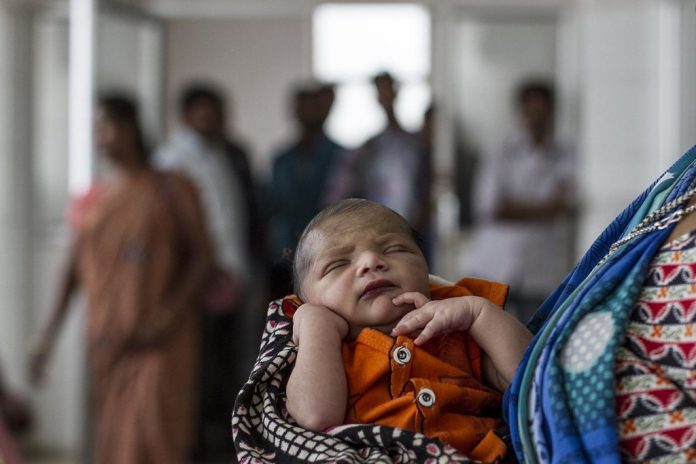New Delhi: India’s fertility levels have reached a critical milestone, according to the latest Sample Registration System (SRS) Statistical Report 2023. The report shows that the country’s Total Fertility Rate (TFR) has dropped to 1.9 in 2023, down from 2.0 in 2022. For the first time, rural India has touched the replacement level of 2.1, which indicates that one generation is replacing itself without population growth.
The Gross Reproduction Rate (GRR) stood at 0.9, meaning on average each woman in India is giving birth to one daughter who survives to reproductive age. GRR values were higher in rural areas at 1.0 compared to 0.7 in urban areas. State-wise variations were stark. Bihar recorded the highest TFR at 2.8, followed by Uttar Pradesh at 2.6 and Madhya Pradesh at 2.4. Delhi had the lowest rate at 1.2, while Tamil Nadu and West Bengal stood at 1.3. Kerala, Punjab, Jammu and Kashmir, and Telangana were at 1.5.
Urban-rural differences remain significant. In 2023, the TFR for rural areas was 2.1 compared to 1.5 in urban regions. This indicates that rural women on average have one child more than urban women.
The report also highlighted improvements in infant health. India’s Infant Mortality Rate (IMR) declined to 25 per 1,000 live births, down from 32 in 2018. Kerala reported an IMR of 5, while Manipur had 3. At the other end, Chhattisgarh, Madhya Pradesh, and Uttar Pradesh recorded 37 each. Despite progress, one in every 40 infants nationally still dies before completing one year of life.




